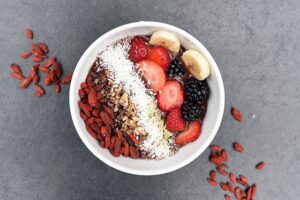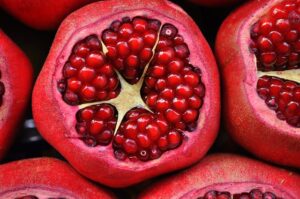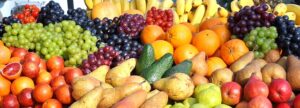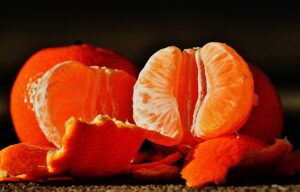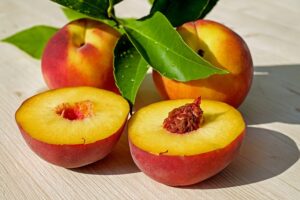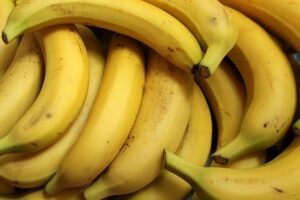Introduction
Carbohydrates are one of the essential macronutrients required by the human body for energy production. They are composed of carbon, hydrogen, and oxygen atoms. But what exactly is the monomer that makes up carbohydrates? In this article, we will dive deeper into the topic and explore the monomer that forms the building blocks of carbohydrates.
Monomer of Carbohydrates: Glucose
The monomer that makes up carbohydrates is called glucose. Glucose is a simple sugar, also known as a monosaccharide. It is the primary source of energy for living organisms and plays a crucial role in various biological processes.
Glucose consists of six carbon atoms, twelve hydrogen atoms, and six oxygen atoms. Its chemical formula is C6H12O6. The arrangement of these atoms gives glucose its unique structure and properties.
Structure of Glucose
Glucose has a ring structure, specifically a hexagonal ring called a pyranose ring. The ring is formed by the reaction of an aldehyde group (-CHO) with a hydroxyl group (-OH) within the same molecule. This reaction results in the formation of an oxygen bridge between carbon atoms, creating a cyclic structure.
The ring structure of glucose can exist in two forms: alpha and beta. These forms differ in the position of the hydroxyl group attached to the first carbon atom of the ring. In the alpha form, the hydroxyl group is below the ring, while in the beta form, it is above the ring.
Monosaccharides and Polysaccharides
Glucose is not the only monosaccharide that makes up carbohydrates. There are several other monosaccharides, such as fructose and galactose, which also serve as building blocks for carbohydrates. However, glucose is the most abundant and commonly used monosaccharide in living organisms.
Monosaccharides can combine through a process called dehydration synthesis to form larger carbohydrate molecules. When two monosaccharides join together, they form a disaccharide. Examples of disaccharides include sucrose (glucose + fructose) and lactose (glucose + galactose).
Further, multiple monosaccharides can combine to form polysaccharides. Polysaccharides are complex carbohydrates that serve as energy storage molecules or structural components in organisms. Examples of polysaccharides include starch, glycogen, and cellulose.
Conclusion
In conclusion, the monomer that makes up carbohydrates is glucose. Glucose is a simple sugar and a monosaccharide. It forms the building blocks of carbohydrates, which are essential for energy production and various biological processes in living organisms. Glucose has a ring structure and can exist in two forms: alpha and beta. Other monosaccharides, such as fructose and galactose, also contribute to the formation of carbohydrates. These monosaccharides can combine to form disaccharides and polysaccharides, which serve different functions in the body.
References
– National Center for Biotechnology Information. (2021). PubChem Compound Summary for CID 5793, Glucose. Retrieved from pubchem.ncbi.nlm.nih.gov/compound/glucose
– Berg, J. M., Tymoczko, J. L., & Gatto, G. J. (2018). Carbohydrates. In Biochemistry (8th ed.). W. H. Freeman and Company.


